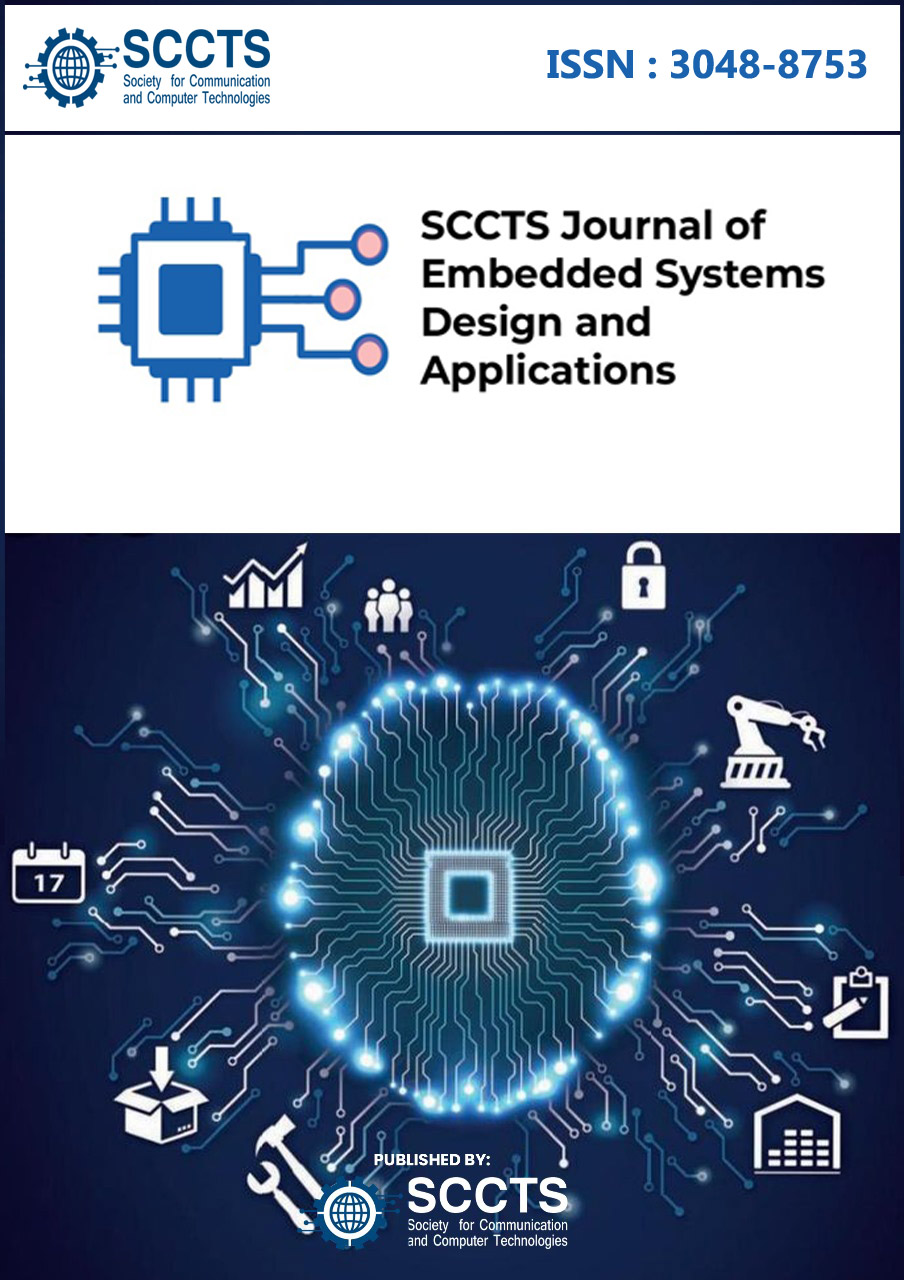Battery Powered Embedded System in IoT Applications low Power Design Techniques
DOI:
https://doi.org/10.31838/ESA/02.02.05Keywords:
Embedded System Prototyping Tools; Embedded System Debugging Tools; Embedded Control Systems; Real-Time Embedded Systems; High-Speed Embedded CommunicationAbstract
Nowadays thanks to the Internet of Things (IoT) thing has become so easy
and simple to use because everywhere technology has brought connectivity
and intelligence to simple things. Battery powered, embedded systems are
at the heart of this revolution: the spine of so many products that make up
the IoT. By utilizing this type of power management, these systems including
ubiquitous wearable fitness trackers and remote environmental sensors can
provide decades of operation time while continuously delivering optimum
performance. Mastering low power design techniques is essential in develop
ers and engineers working in the IoT domain as demand for IoT applications
are increasing. You can say that this comprehensive guide will cover low
power design for battery powered embedded systems in the IoT applications.
In this second article we will go into the fundamental principles, cutting edge
techniques and best practices for creating energy efficient devices, which
can work for long periods of time on minimal power sources. Knowing and
applying these methods developers can use the technology available in the
IoT to push the limits of what is possible in the design and manufacture of IoT devices to truly functional, sustainable, and environmentally friendly.





